Available Water in Soil on US Native Lands
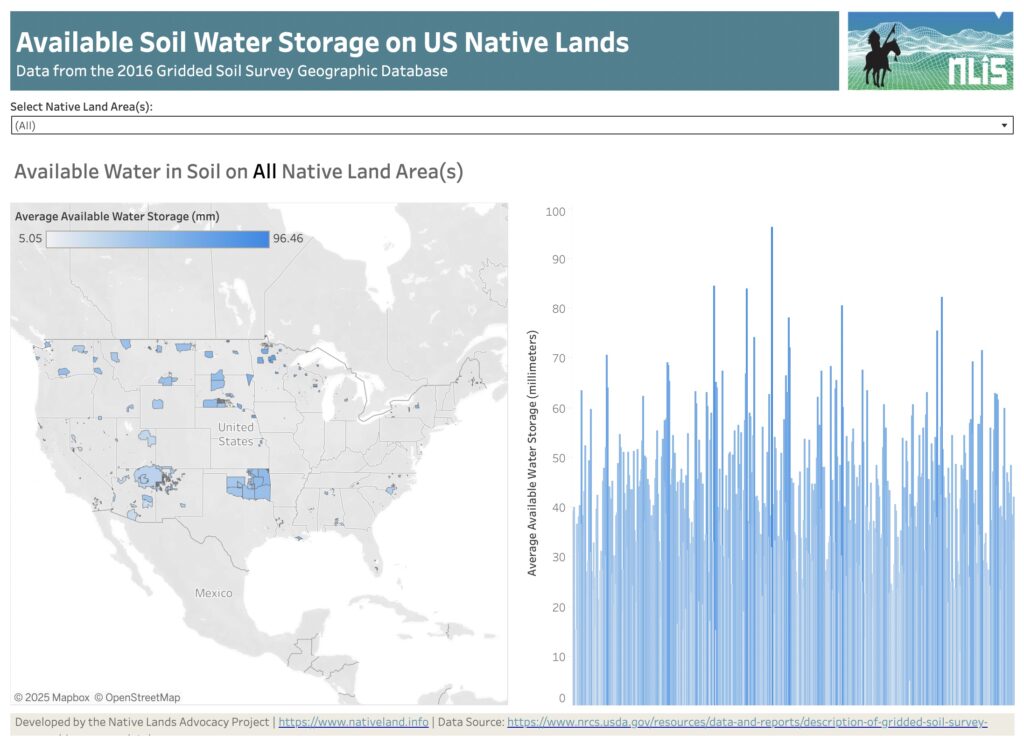
About this Dashboard This dashboard features a reservation-level view of the available water data in soil on all tribal lands in the US. Data comes from the USGS Gridded soil survey for 2016. The “available water in soil” variable from gridded soil surveys refers to the quantity of water that a soil can store and […]
Celebrating Indigenous Peoples’ Day in 2025
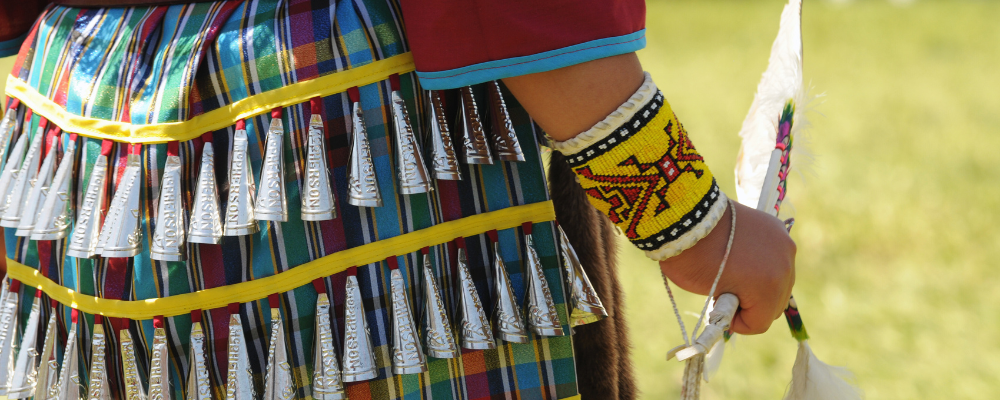
Happy Indigenous Peoples’ Day from all of us at the Native Lands Advocacy Project (NLAP)! To mark this significant holiday, we’d like to take a moment to recognize and honor what it means for Native peoples across the United States. Indigenous Peoples’ Day is dedicated to the original inhabitants of North America. It is a […]
Understanding the 2026 Federal Budget for Indian Country
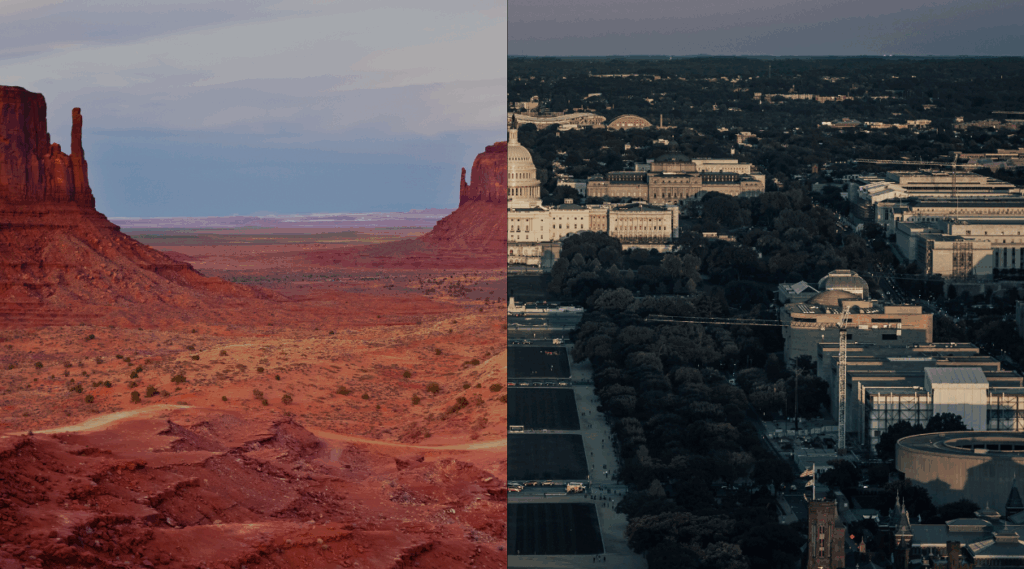
Here’s what we currently know about proposed funding levels for the BIA, BIE, and BTFA as of September 30, 2025.
Credit Insecurity on US Native Lands

About this Dashboard This data dashboard maps county-level credit insecurity as ranked by the New York Federal Reserve Bank to US Native Lands. County-level insecurity rankings do not necessarily account for actual credit needs within reservation boundaries and, in many cases, may show inaccurate rankings depending on the percentage of off-reservation population contained within each […]
Visualizing Federal Spending in Indian Country
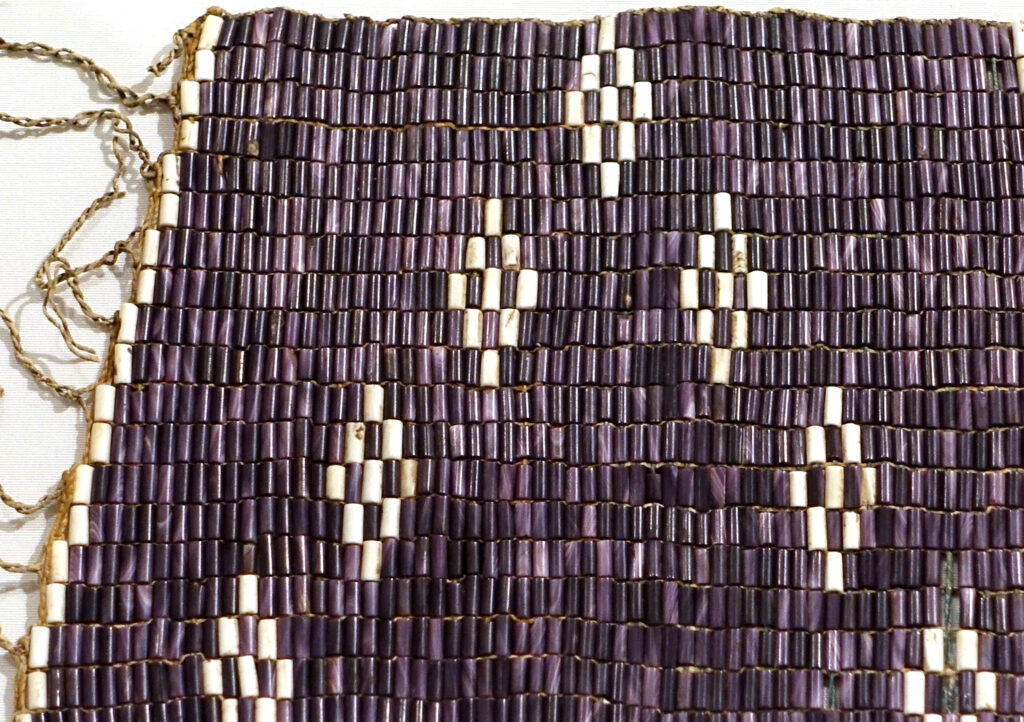
The Native Lands Advocacy Project recently published three data dashboards that focus on federal spending as it relates to tribes.
The Impact Project Maps the Effects of Federal Changes on Local Communities
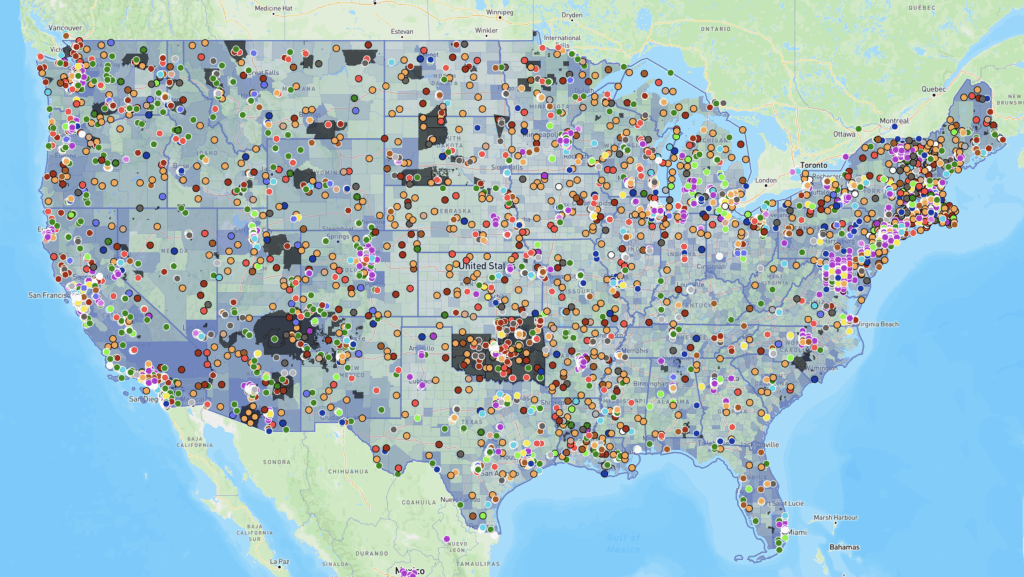
The Impact Project helps equip tribes with relevant information about the real-time effects of federal policy changes on local communities.
Introducing Our New Storymap: Water is Life: Native Efforts to Restore Water Systems

The Native peoples of North America have been caretakers of their lands and natural resources long before colonial contact, and they are the ones who stand on the front lines when our water systems are being threatened. Our new storymap delves into the cultural significance of water to Native communities and how their unique perspectives […]
These Water-Focused Data Tools Support Tribal Land & Climate Planning
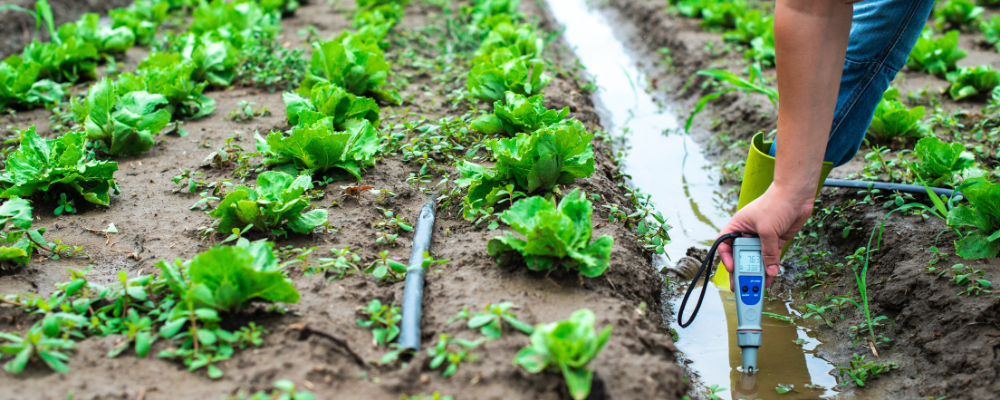
The Native Land Information System (NLIS) is home to over 120 public, free data tools and resources that were created to support tribal communities in developing climate-smart land management strategies. We are excited to share some of our new water data tools with you, as well as reintroduce you to some of our earlier water-related […]
Keystone Data Tools for Native Land Planning: View the webinar recordings & share your feedback

This month, the Native Lands Advocacy Project (NLAP) wrapped up our webinar series: Keystone Data Tools for Native Land Planning. These webinars introduced attendees to three foundational datasets that Native Nations & citizens can use to make informed, sovereign decisions for their futures: The USDA Census of Agriculture for American Indian Reservations The National Land […]
Federally-funded Projects in Indian Country

About this Dashboard This data dashboard summarizes data about federally-funded projects within tribal boundaries from the Bipartisan Infrastructure Law and the Infrastructure Reduction Act. The visualization displays funds amounts and categories of federal project for all tribes for years 2022 through 2025 (it has not been modified for eventual funding freezes resulting from the current […]
Announcing our Webinar Series: Keystone Data Tools for Native Land Planning

The Native Lands Advocacy Project (NLAP) is hosting a webinar series on three of our key data tools. Join these 45-minute webinars to learn about our Agriculture on Native Lands dashboard, Land Cover dashboard and map, and Cropland Data Layer dashboard! These free, public data tools are not only powerful for tribal planning on their […]
Bureau of Indian Affairs Budget by Categories
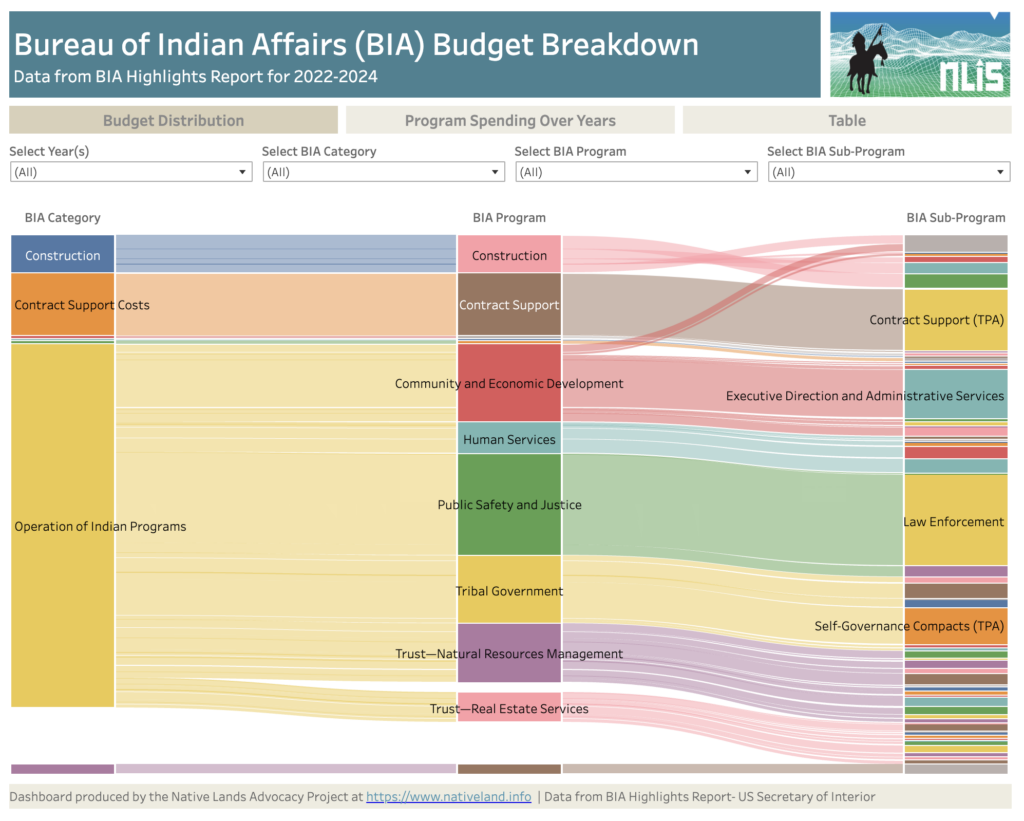
About this Dashboard This data dashboard summarizes data from the United States Secretary of Interior; it features the Bureau of Indian Affairs Yearly Highlights Reports, which show BIA spending by categories, programs and subprograms for years 2022, 2023, annualized CR (estimates) for 2024 and requested budget for 2025. We digitized these static reports in an […]
